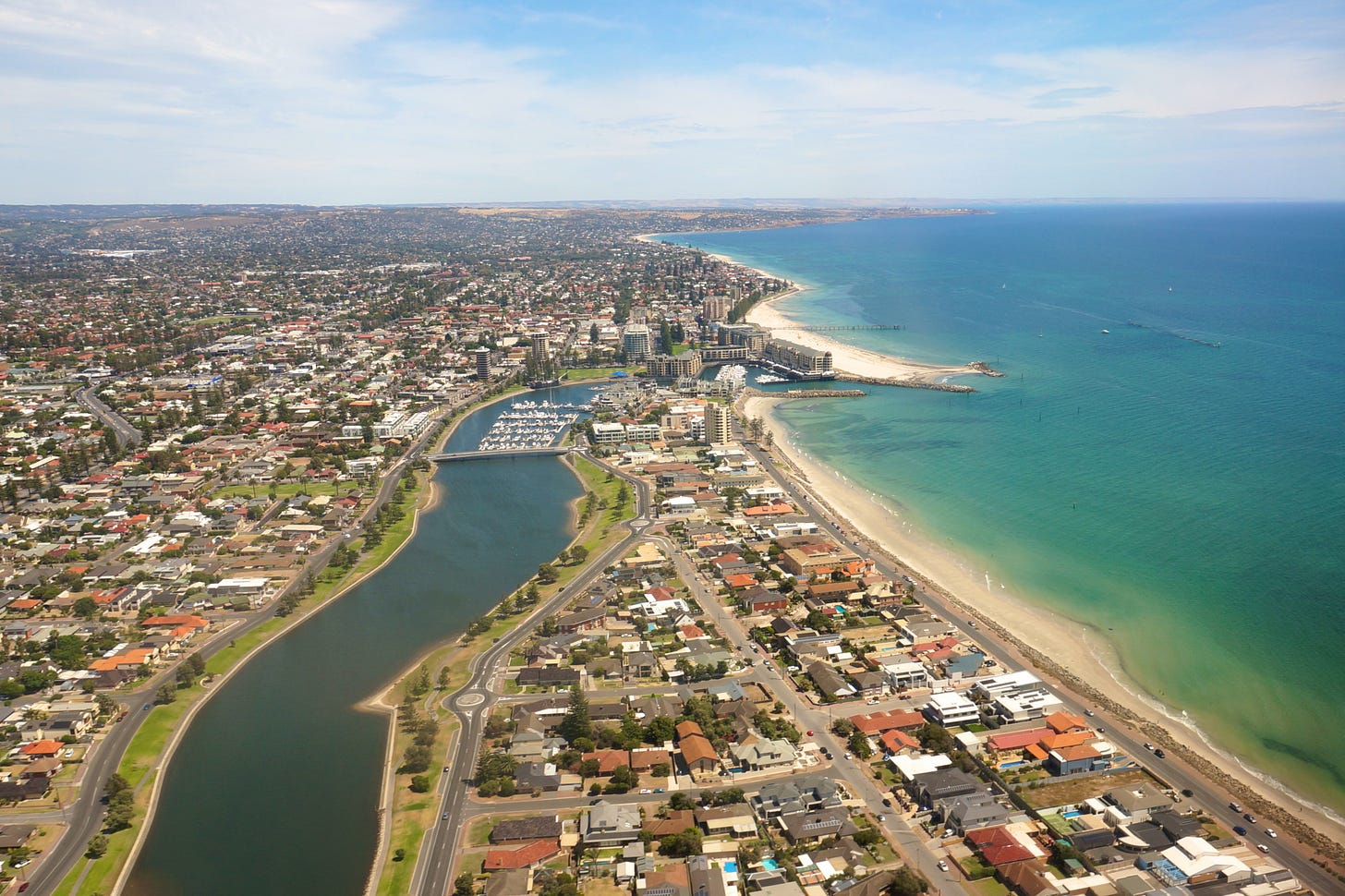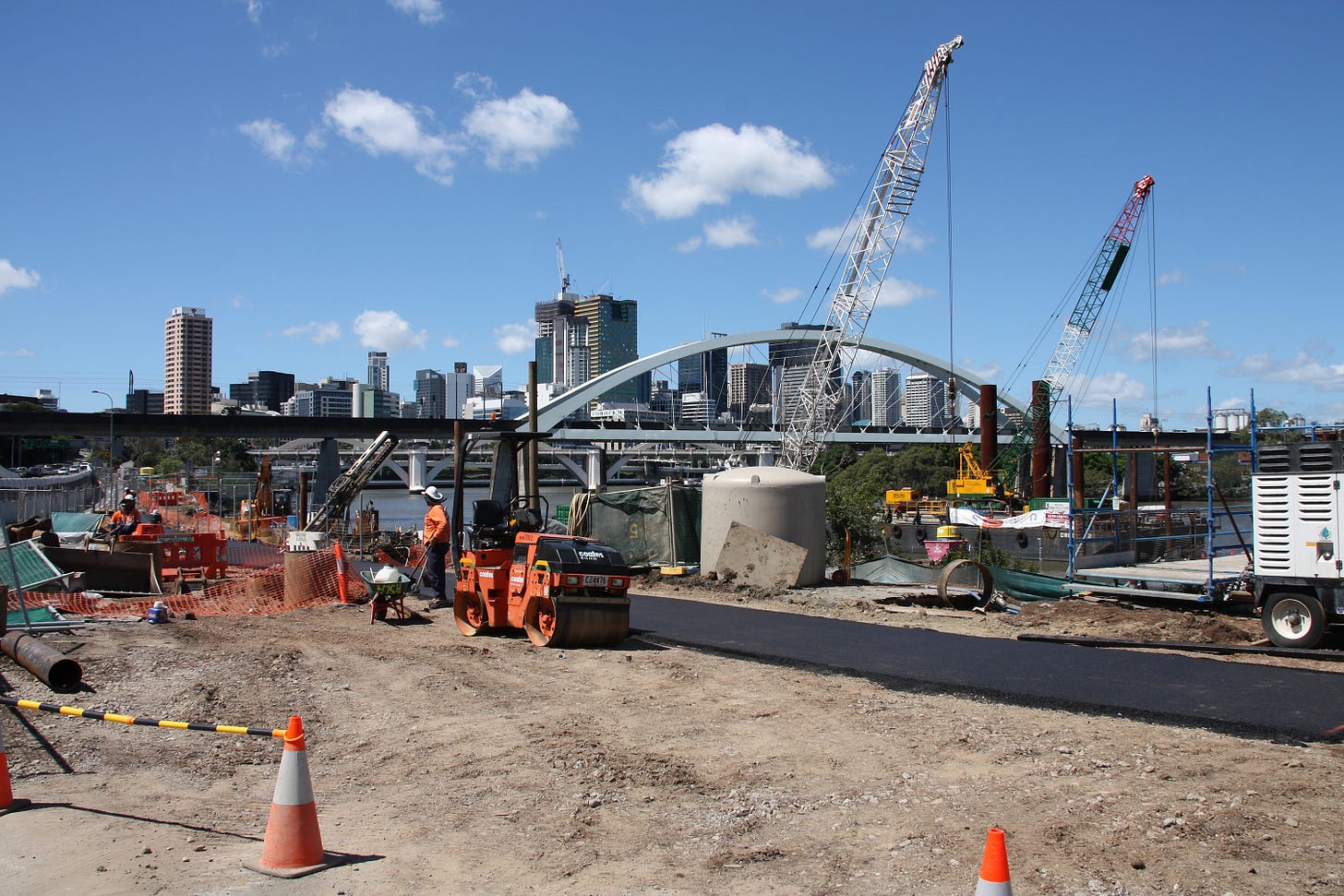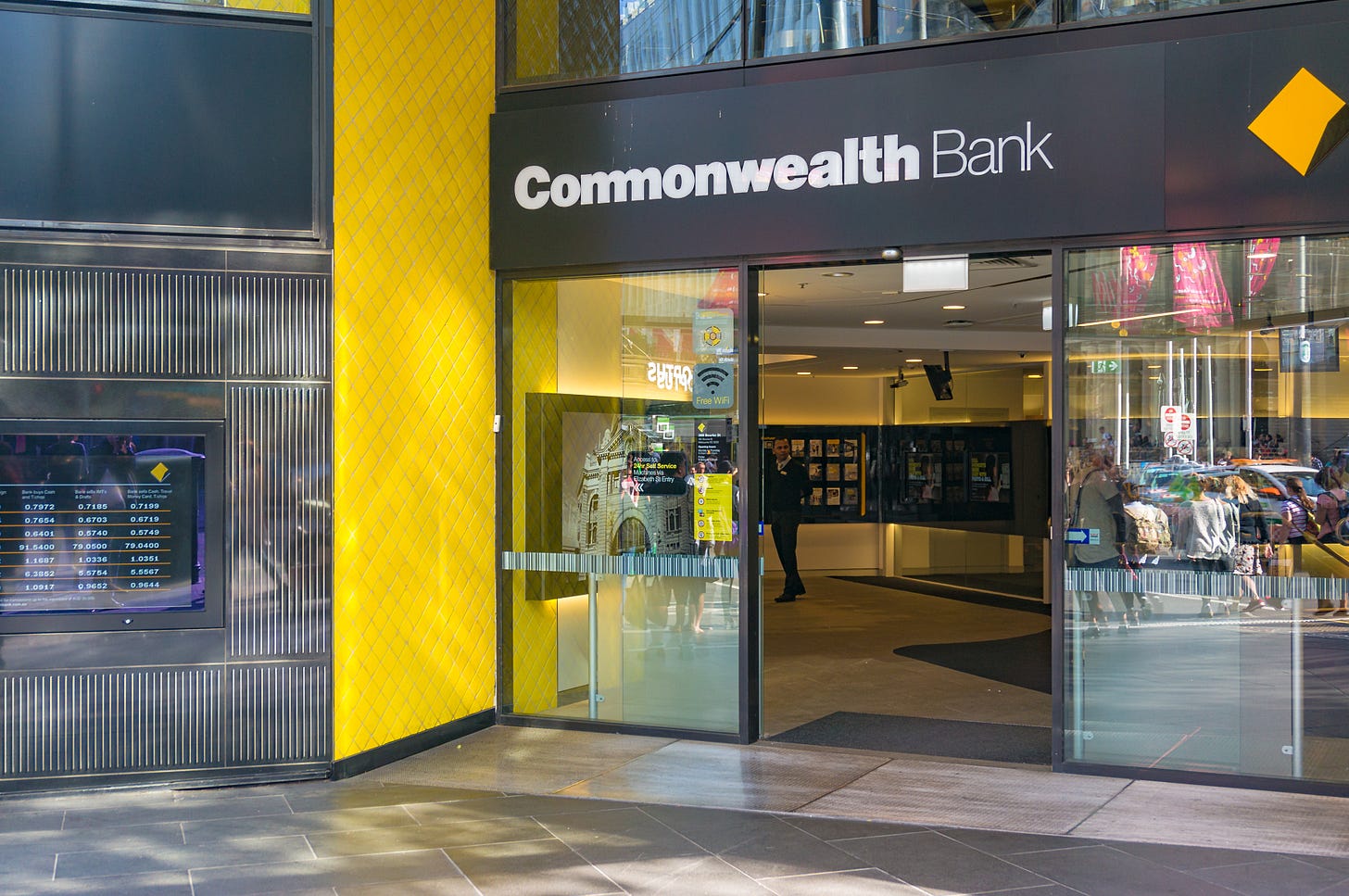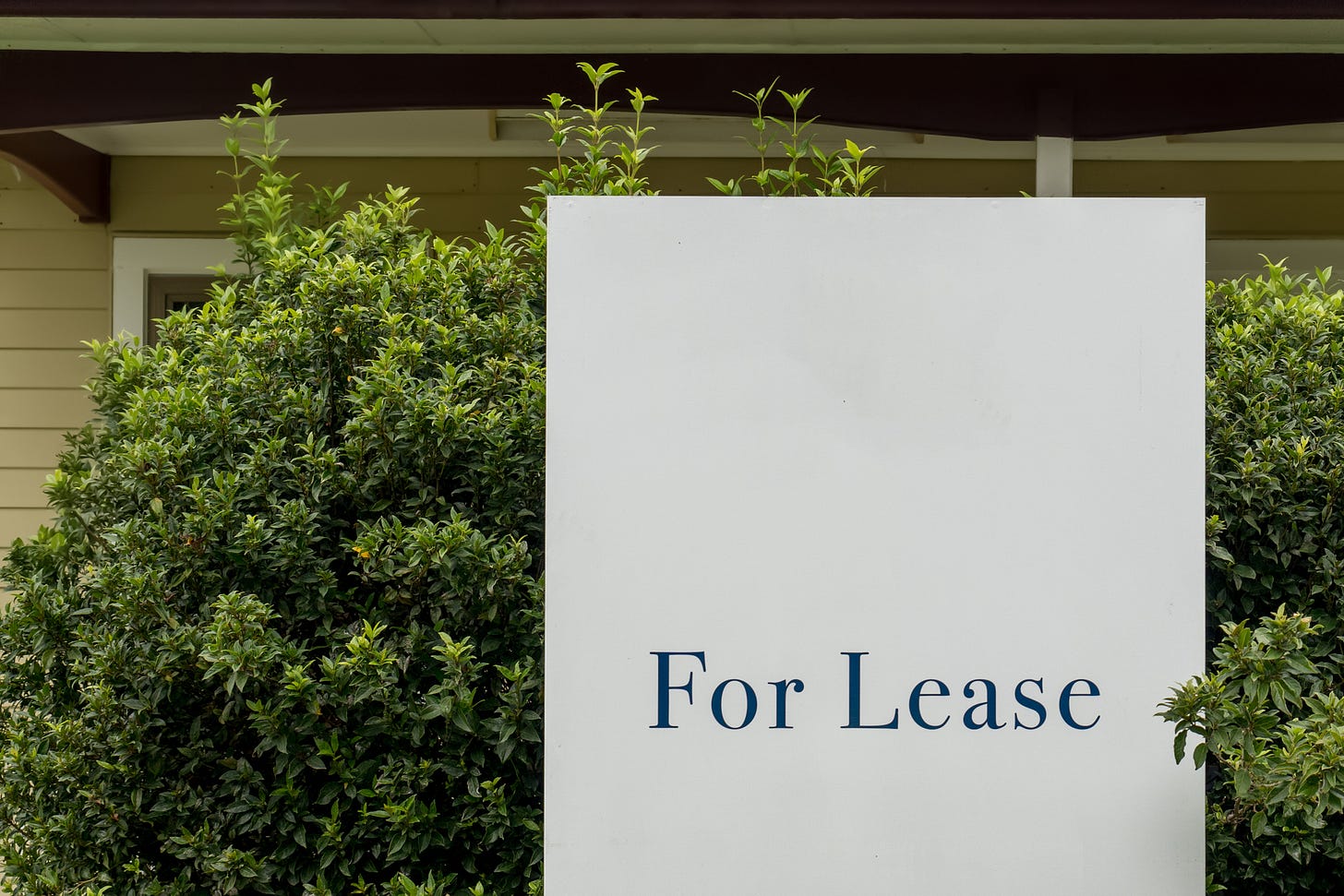Groundswell Property's Market Insights
Unprecedented Infrastructure Investments Propel Australia's Property Market: Key Insights as at 08 February 2025
Welcome to your weekly edition of Groundswell Property’s Market Insights, where we bring you the latest trends, research, and expert opinions shaping real estate across Australia.
In this issue, we delve into the transformative impact of infrastructure investments on property markets, analyse recent shifts in housing trends, and provide insights into the rental landscape.
Here's a snapshot of what's inside:
Infrastructure Boom Fuels Property Growth: Exploring how unprecedented infrastructure spending is reshaping real estate markets nationwide.
Emerging Market Leaders: An analysis of the latest data revealing new frontrunners in property price growth across Australia.
Units Set to Outperform Houses: Insights into why unit price growth is projected to outpace that of houses in the coming years.
Interest Rate Movements: Updates on recent lending rate changes and their implications for buyers and investors.
Rental Market Trends: A look at the current state of rental growth and yields across the country.
As always, our goal is to provide evidence-based insights to help you make informed property decisions—whether you're buying, selling, or simply keeping a pulse on the market. Let’s dive into the data and insights shaping the year ahead.
Follow The Infrastructure Trail: Insights from Terry Ryder
One of the fundamental factors that can turn a real estate location into an out-performer is investment in new infrastructure - and right now, Australia is investing more than ever before.
The level of infrastructure investment currently occurring in the nation is unprecedented, in my experience, which is more than 40 years of researching and writing about real estate issues. Projects underway or completed in 2024 across Australia totalled well over $500 billion, with another $370 billion worth in the advanced stages of planning.
These projects include hospitals, universities, airports, motorways, rail links, ship-building enterprises and major energy projects like wind and solar farms. Partly, at least, the level of construction of big infrastructure developments was inspired by the economic damage caused by the Covid lockdown periods and a desire by governments to bring on big-ticket projects to generate economic activity and jobs to avoid recession.
These developments can have huge impacts on property markets because they create demand for workers and for businesses that provide products and services. And the impacts can be long-lasting. Suppose a new $1 billion hospital is planned. In that case, it may create 3,000 or 4,000 jobs in construction – but have an even bigger impact after it is completed because there are often as many as 6,000 jobs in the operation of this major facility.
I recently conducted an analysis of infrastructure investment in the capital cities and regional areas of Australia on a per capita basis – in other words, the level of spending relative to the population of the city or regional jurisdiction.
And the places with the biggest impacts from current and planned infrastructure were Darwin, Brisbane, Adelaide and Melbourne, among the capital cities, and the regional areas of Queensland and South Australia.
It's a key factor to look for when considering good places to buy for future capital growth. A location with a big program of infrastructure development will always have rising house prices - Terry Ryder.
Perth No Longer on Top
Hotspotting’s predicted change in the pecking order of price growth among the major property markets of Australia has been borne out by the latest research data.
CoreLogic data shows that regional markets and apartment markets are now the best performers and that Perth is no longer leading the nation on price growth.
For some time now, regional Australia has been showing better growth on average than capital city Australia and the data to the end of January shows that this, generally speaking, is still the case.
According to CoreLogic, in January, median house values for the combined capital cities dropped by 0.2%. At the same time, the combined regional areas recorded an increase of 0.4%.
It’s a similar story with apartments, with the capital cities on average dropping 0.2% in January and the regions increasing by 0.5%.
Of the 15 major markets analysed, nine recorded an increase in median house value and the same number achieved growth in median apartment values.
After leading Australia for property price growth for the past two years, the Perth market dropped sharply, its median house value was up by only 0.3% in January and 1.7% over the quarter.
Instead, it is the other smaller capital cities leading the nation, with Adelaide (1.7%) on top, followed by Darwin (0.6%) with the highest median house value growth in January. Brisbane and Perth were equal third with growth of 0.3%. Over the quarter, Darwin (2%), Adelaide (1.7%) and Brisbane (1%), are all ahead of Perth (0.8%).
The regional markets of South Australia, Queensland and Tasmania also performed better than Perth in the December quarter.
Units Tipped to Outperform
Unit price growth is predicted to continue to outperform house price growth in the next two years.
New analysis by KPMG says with more suburbs achieving million-dollar house price medians and land in short supply, buyers are turning their attention to the more affordable unit market.
KPMG chief economist and partner Brendan Rynne, says this increasing demand is likely to lead to further price growth in the unit market.
He tips unit prices to grow by 4.6% in 2025 compared with 3.3% for houses.
“The shift is largely driven by ongoing affordability constraints, particularly in capital cities where the escalating prices of detached houses have left a large portion of the population priced out of that sub-market,” Rynne says.
“Attached dwellings offer relatively lower entry points compared to houses, making them more viable options for a larger pool of buyers.”
The analysis predicts that in 2026, Melbourne and Sydney will have the most substantial unit price growth.
According to PropTrack data, as of February 2025, Sydney had a median house price of $1.437 million and a median unit price of $815,000 (which is higher than both Hobart and Darwin’s median house prices), while Melbourne has a median house price of $898,000 and median unit price of $583,000.
BIG-4 Tipping February Rate Cut
Australia’s big banks have started to reduce fixed rates in a sure sign they feel more confident the Reserve Bank of Australia could soon move on official interest rates.
The first to move was Macquarie Bank in mid-January and this week the NAB has followed suit.
NAB Economist Alan Oster is tipping that the RBA will make a 25 basis point cut when it meets in mid-February.
This follows a drop in underlying inflation from 3.5% to 3.2% in the December quarter. The RBA has long said it wants inflation to be within 2% to 3%, so while the pace of inflation growth is slowing, it still sits beyond that target range.
The Commonwealth Bank, ANZ and Westpac are all now predicting a February rate cut. The cash rate has been 4.35% since November 2023.
According to Canstar, a 25 basis points drop would reduce mortgage repayments on a $600,000 loan by $92 a week.
Canstar data insights director Sally Tindall, predicts the other big banks will soon start cutting their fixed rates.
“The cost of wholesale fixed rate funding has started to ease slightly. This, combined with a prospective cash rate cut, should push other banks into moving on fixed rates,” she says.
Rents Slowing, Yields Remaining Solid
The pace of rental growth has slowed considerably, but national median rents have still hit a record high.
The latest REA Group Rental Report shows nationally advertised rents are up 1.6% in the December quarter to $620 per week.
In capital city markets, it is $640 per week, and regional markets remain the same as the previous quarter at $550 per week.
After three years of significant increases, rents are now growing at their slowest pace since 2021. Brisbane (1.6%) and Canberra (3.3%) are the only capital city markets to record rent increases in the quarter.
While no markets declined, Sydney, Melbourne, Adelaide, Perth, Hobart and Darwin's asking rents did not move from the previous quarter.
Despite the easing in rent growth, investors will be pleased the report shows gross rental yield is unchanged over the past year.
In December 2024, the national gross rental yield was 4.4%, the same as it was in December 2023. There were minor fluctuations between the various capital city and regional markets over the course of the year, but it was “generally small” according to the report.
The latest Knight Frank Build to Rent Update shows there will be more options for renters in 2025.
It says an estimated 8900 dedicated Build To Rent apartments are under construction nationally, and a further 20,000 units are approved for development over the next five years.
Key Takeaways
The current landscape presents several key factors that investors should consider when making informed decisions:
Infrastructure Investments: The unprecedented scale of infrastructure projects across Australia is set to stimulate economic activity, create jobs, and enhance the desirability of certain regions. Investors should monitor areas benefiting from significant infrastructure developments, as these locations are likely to experience increased property demand and potential capital growth.
Market Dynamics: Recent data indicates a shift in property price growth, with cities like Adelaide and Darwin emerging as new leaders. Additionally, regional markets are outperforming capital cities. Investors might explore opportunities in these rising markets, assessing factors such as employment trends, population growth, and local amenities to identify promising investment locations.
Unit Market Potential: The forecasted outperformance of unit prices over houses suggests a growing demand for more affordable housing options. Investors could consider diversifying portfolios to include units, especially in urban areas where affordability constraints are steering buyers towards this segment.
Interest Rate Outlook: Anticipated interest rate cuts by the Reserve Bank of Australia could lower borrowing costs, potentially boosting buyer confidence and increasing property demand. Investors should stay informed about rate movements and be prepared to act swiftly to capitalise on favourable financing conditions.
Rental Market Trends: Despite a slowdown in rental growth, national median rents have reached record highs, and gross rental yields remain stable. This environment suggests continued strong demand for rental properties, presenting opportunities for investors seeking reliable income streams.
Keep an eye on the suburbs tipped for strong growth, stay informed on market dynamics, and remember: the key to success in real estate is remaining focused on the fundamentals that drive price growth over the long term.
Thanks for joining us, and we’ll see you next Saturday with more insights.
We look forward to supporting you on your property investment journey in 2025 - Tom
Tom Haigh
Director & Licensed Buyers Agent
Groundswell Property - Established 2015
tom@groundswellproperty.net
0439754475








